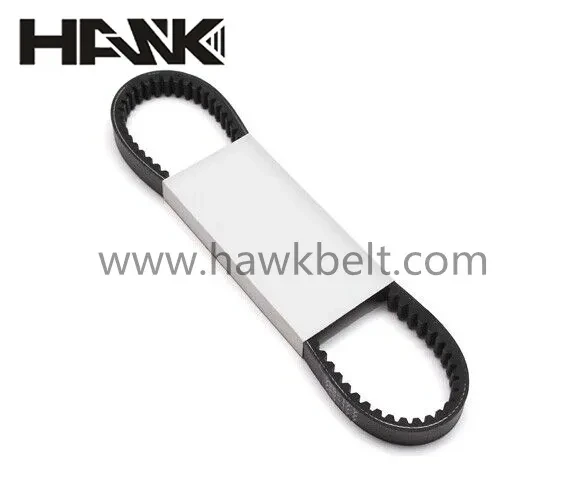- Arabic
- French
- Russian
- Spanish
- Portuguese
- Turkish
- Armenian
- English
- Albanian
- Amharic
- Azerbaijani
- Basque
- Belarusian
- Bengali
- Bosnian
- Bulgarian
- Catalan
- Cebuano
- Corsican
- Croatian
- Czech
- Danish
- Dutch
- Afrikaans
- Esperanto
- Estonian
- Finnish
- Frisian
- Galician
- Georgian
- German
- Greek
- Gujarati
- Haitian Creole
- hausa
- hawaiian
- Hebrew
- Hindi
- Miao
- Hungarian
- Icelandic
- igbo
- Indonesian
- irish
- Italian
- Japanese
- Javanese
- Kannada
- kazakh
- Khmer
- Rwandese
- Korean
- Kurdish
- Kyrgyz
- Lao
- Latin
- Latvian
- Lithuanian
- Luxembourgish
- Macedonian
- Malgashi
- Malay
- Malayalam
- Maltese
- Maori
- Marathi
- Mongolian
- Myanmar
- Nepali
- Norwegian
- Norwegian
- Occitan
- Pashto
- Persian
- Polish
- Punjabi
- Romanian
- Samoan
- Scottish Gaelic
- Serbian
- Sesotho
- Shona
- Sindhi
- Sinhala
- Slovak
- Slovenian
- Somali
- Sundanese
- Swahili
- Swedish
- Tagalog
- Tajik
- Tamil
- Tatar
- Telugu
- Thai
- Turkmen
- Ukrainian
- Urdu
- Uighur
- Uzbek
- Vietnamese
- Welsh
- Bantu
- Yiddish
- Yoruba
- Zulu
Dec . 23, 2024 09:33 Back to list
Understanding the Benefits and Applications of Synchroflex Belts in Modern Machinery
The Importance of Synchroflex Belts in Modern Mechanical Systems
In the realm of mechanical engineering and power transmission systems, the synchroflex belt stands out as a crucial component that significantly impacts efficiency and performance. Designed for a variety of applications, synchroflex belts are a type of synchronous belt, also known as timing belts. These belts play an essential role in transferring rotational motion between gears and pulleys with precision timing, making them indispensable in many industries, from automotive to manufacturing.
Understanding Synchroflex Belts
Synchroflex belts are typically made of high-strength materials that ensure durability and flexibility. They feature a series of teeth that mesh with corresponding grooves on pulleys, allowing for synchronous motion and minimizing slippage. This design ensures that the belt maintains consistent speed and timing, which is critical in applications where precise movement is necessary.
There are several advantages associated with synchroflex belts. One of their primary benefits is that they operate quietly and efficiently, reducing noise pollution in sensitive environments. Additionally, these belts require minimal maintenance compared to other mechanical systems, such as chain drives, which often necessitate regular lubrication and tension adjustments.
Applications Across Industries
Synchroflex belts are utilized in a myriad of applications. In the automotive sector, they are commonly found in engines, where they synchronize the rotation of the crankshaft and camshaft. This synchronization is vital for ensuring that engine valves open and close at the correct times, directly affecting performance and efficiency.
In industrial applications, synchroflex belts are used in conveyor systems, print machinery, and robotics. Their ability to handle high loads while maintaining speed accuracy makes them a preferred choice for manufacturing processes that require precise control of movements. Furthermore, the adaptability of synchroflex belts allows them to be used in various configurations, making them suitable for complex machinery.
synchroflex belt

Advantages of Using Synchroflex Belts
One of the most significant advantages of synchroflex belts is their efficiency in energy transmission. Traditional systems, like friction-based drives, often result in energy loss due to slippage. In contrast, synchroflex belts ensure direct engagement between the belt and the pulleys, which minimizes energy loss and improves overall system efficiency.
Furthermore, synchroflex belts tend to have a longer lifespan than many other types of belts. Their robust construction and the use of high-quality materials contribute to their durability, making them an economical choice in the long run. The reduced need for maintenance also translates to lower operational costs for businesses, allowing them to allocate resources more effectively.
Innovations and Future Directions
As technology continues to evolve, so do the materials and designs used in synchroflex belts. Innovations in synthetic materials, such as thermoplastics and composite fibers, enhance the performance characteristics of these belts, allowing them to withstand higher temperatures and harsher operating conditions. Additionally, advancements in manufacturing technology allow for greater precision in the production of belts, leading to improved fit and performance in applications.
The future of synchroflex belts looks promising, especially with the rise of automation and robotics in various industries. As machines become more complex, the demand for reliable and efficient power transmission systems will only increase. Synchroflex belts are well-positioned to meet these demands, providing solutions that enhance performance while reducing energy consumption.
Conclusion
In summary, synchroflex belts represent a vital component in modern mechanical systems, offering a blend of efficiency, durability, and versatility. Their ability to transmit power with precision and minimal maintenance requirements makes them invaluable across a range of industries. As we move forward, ongoing innovations will likely further elevate the capabilities of synchroflex belts, solidifying their role as essential elements in the design and functionality of advanced mechanical systems. Whether in automotive applications or high-tech manufacturing processes, synchroflex belts will continue to play a pivotal role in driving mechanical efficiency and reliability.
-
Upgrade Power Steering Pump Belt for Smooth, Quiet Operation
NewsAug.27,2025
-
Precision Timing Belt & Chain: Engine Performance & Durability
NewsAug.26,2025
-
Precision Lathe Drive Belts: Durable & Reliable Performance
NewsAug.25,2025
-
84.5 Serpentine Belt: Durable & Precision Fit for Your Engine
NewsAug.24,2025
-
Premium Ribbed Drive Belts for Quiet Power Transmission
NewsAug.23,2025
-
High-Performance Vehicle Timing Belt for Engine Precision
NewsAug.22,2025

